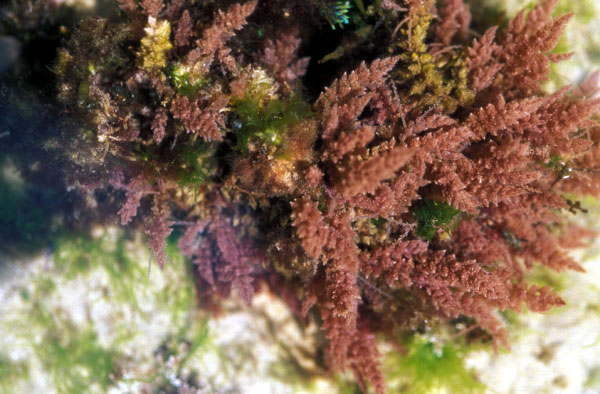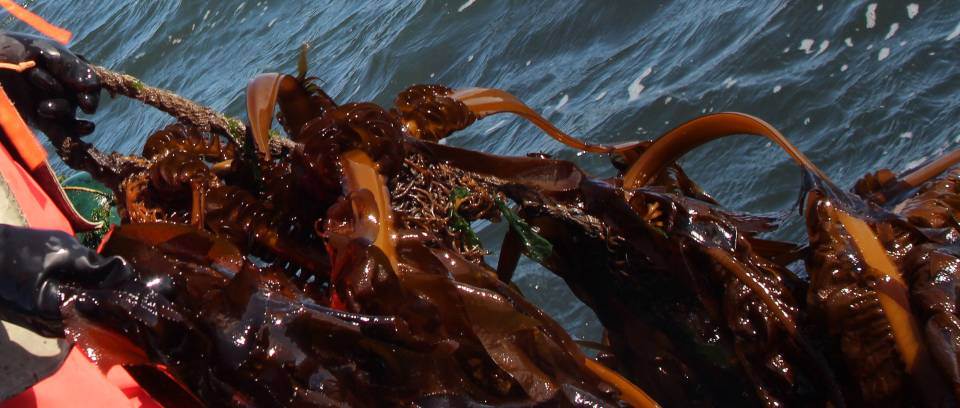Despite 40 years of research and development, and hundreds of millions of dollars spent, aquaculture is struggling to realize its high biophysical potential in Africa. Hampered by ineffective institutional arrangements and donor-driven projects, the substantial gains in desperately needed food security and economic growth predicted by development agencies have generally not been achieved. Neverthe- less, African aquaculture has demonstrated its competitiveness, producing fishes that feed low on the food chain in a range of well-adapted, environmentally friendly and profitable farming systems that meet the needs of a broad spectrum of user-groups. Key constraints to broader growth include lack of good quality seed, feed and technical advice; poor market infrastructure and access; and weak policies that, rather than accelerate, impede expansion, largely by emphasizing central planning over private sector initiative. If African aquaculture is to make substantial and much needed contributions to the continent’s development, government policy should attempt to facilitate the alleviation of key constraints and rely more heavily on commercial investments to lead future growth. Evidence to date indicates that a pragmatic business approach focusing on small and medium-scale private enterprises would produce more benefits for more people than centrally planned and government led development projects.
Digital library
-
-
This PowerPoint presentation (in PDF format) discusses nutrition and selection of soybean versus fishmeal for aquaculture feeds. Written for the Aquaculture Innovation Workshop, January 2011.
-
Accumulation and the effects of copper and zinc on the macroalga Padina gymnospora were assessed in the laboratory after artificial exposure to copper and zinc (separately or in combination). Exposure concentrations of copper used were 0, 25, 50, 100, 500 and 1,000 µg l-1. Concentrations of zinc exposure were 0, 50, 100, 250, 1,000 and 5,000 µg l-1. The simultaneous (or combined) addition of copper and zinc (Cu+Zn) involved 25+50, 50+100, 100+250, and 500+1,000 µg l-1. Accumulation patterns were determined by measuring tissue contents of copper and zinc, while the tolerance was assessed by measuring growth rate and photosynthetic performance, as maximum quantum yield (Fv/Fm). Furthermore, the influence of major nutrients (phosphates and nitrates) on algal-metal-accumulation was estimated after additions of nitrate (1, 10 and 20 mg l -1) and phosphate (0.1, 1 and 2 mg l-1). The data obtained showed that the accumulation increased linearly with the increase in metal concentration in the growth media. However, the presence of additional nitrate and phosphate reduced both the metal accumulation and their toxic effects. Both algal growth rate and maximum quantum yields were negatively affected in proportion to the increase in metal concentrations and exposure time. At exposures to 50, 100 and 500 µg l-1 copper, inhibition in growth was greater than 50%, while an exposure to 1,000 µg l-1of zinc was needed to cause the same effect on growth and Fv/Fm. Growth rate was a more sensitive indicator of stress than maximum quantum yield in response to exposure to copper and zinc.
-
The South African abalone cultivation industry has developed rapidly and is now the largest producer outside Asia. With a rapid decline in wild abalone fisheries, farming now dominates the abalone export market in South Africa. Kelp (Ecklonia maxima) constitutes the major feed for farmed abalone in South Africa, but this resource is now approaching limits of sustainable harvesting in kelp Concession Areas where abalone farms are concentrated. This paper gives an overview of the development of the South African abalone industry and analyses how abalone farming, natural kelp beds and seaweed harvesting are interlinked. It discusses options and constraints for expanding the abalone industry, focussing especially on abalone feed development to meet this growing demand.Kelp will continue to play an important role as feed and kelp areas previously not utilised may become cost-effective to harvest. There are many benefits from on-farm seaweed production and it will probably be a part of future expansion of the abalone industry. Abalone waste discharges are not at present regarded as a major concern and farming brings important employment opportunities to lower income groups in remote coastal communities and has positive spillover effects on the seaweed industry and abalone processing industry.
-
Algae have attracted considerable interest globally as a potential feedstock for a biobased economy. The industrial and research communities in the UK have much to offer in this space: UK companies and academics have laid the foundations for several now globally-used algal biotechnology and engineering advances, and as an island nation we have a strong history in macroalgal commercial activities.
This roadmap has been commissioned by the NERC-TSB Algal Bioenergy Special Interest Group, to complement its Strategic Research Agenda of 2012. It focuses on the commercialisation potential of algaerelated products, processes and services for the UK, being mindful of environmental implications. It builds on the outcomes of two workshops held by AB-SIG in October and November 2012 with a variety of stakeholders, whose contributions are gratefully acknowledged.
The report signposts the strengths of the UK science base, gives a snapshot of UK and global algal industries, and presents an overview of trends and opportunities for algae–derived products and services. Based on these, it assesses the UK’s potential for profiting from international markets, and highlights actions required to compete in a global marketplace. It then presents seven sectors which the workshop participants had identified as being of particular relevance and value for the UK. Examples of products or processes in each sector are given in case studies which evaluate their commercial, technical and environmental strengths and weaknesses.
-
A culture system for the edible, red seaweed, Gracilaria parÕispora Abbott long ogo , was Ž . developed in Hawaii that utilized a hatchery to produce tetrasporophyte and gametophyte life stages of the seaweed, reef growout of sporelings to harvest size adults, and multiplication of the harvested thalli in floating cages prior to sale. A central cooperative operated the hatchery and floating cages, and marketed the product. Sporelings from the hatchery were distributed to coastal residents who established patches of seaweed on the reef and sold their harvest to the cooperative. Mean relative growth rate of seaweed in the cages over 52 weeks was 2.64% dy1 and productivity y2 y1 was 14.8 g m d dry weight , within the range of intensive culture systems. Cage cultures Ž . were not sensitive to water motion over the range of 4–14 cm sy1 but growth and productivity tended to be higher in summer and spring than in winter. The culture system potentially overcomes problems that have hindered development of a sustainable supply of this species: low availability of wild stocks due to overharvesting; low productivity of spore cultures; and deterioration of vegetative cultures over time. Some of the elements may be applicable to other areas where wild stocks of Gracilaria have been overharvested.
-
Raw material of gelidioid red algae yielding high-quality agar has been in short supply due to overharvesting, but in situ farming of gelidioids has not been practical due to their slow growth. To produce vegetative seedstock of a cosmopolitan species, Pterocladiella capillacea, we investigated the number and length of regenerated branches arising from sectioned fragments during 3 weeks of laboratory culture at 10, 15, 20, and 25°C. All sectioned fragments formed axis-like branches mostly from the upper cut edge and stolon-like branches mostly from the lower cut edge, showing a high capacity of regeneration and intrinsic bipolarity. At 20°C, the number of regenerated branches increased to 2.74 ± 1.29 on the upper cut edge and 4.26 ± 2.66 on the lower cut edge. Our study reveals that the use of fragments bearing regenerated branches as seedstock can be a simple method to initiate fast propagation for mass cultivation in the sea or outdoor tank.
-
Scope
This Bibliography has attempted to cover materials on seaweeds and seaweed products relevant to the tropical Pacific region, particularly the Pacific island countries, although many references also relate to other countries in the Tropics . In addition, references on Ciguatera-causing algae are also included. The bibliography was compiled using a number of sources for the references, including personal libraries. Several databases were machine searched, and most of the Eucheuma references that are included here are post 1987 as the older literature has been adequately reviewed. References on seagrass are also included. There are also several other recent reviews available on related aspects. The Akatsuka volume announced for publication in 1992 should be consulted as should the Proceedings of the XlVth International Seaweed Symposium and a special issue (No.2) of volume 5 of the Journal of Applied Phycology. The "Grey" literature has been more difficult to trace, and undoubtedly pertinent reports have been missed, hence this is not an exhaustive list.
-
Macroalgae represent a potential biomass source for the production of bioethanol or biogas. Their use, however, is limited by several factors including, but not restricted to, their continuous supply for processing, and low biofuel yields. This review examines recent pretreatment processes that have been used to improve the yields of either biogas or bioethanol from macroalgae. Factors that can influence hydrolysis efficiency and, consequently, biofuel yields, are highly affected by macroalgal composition, including content of salts, heavy metals, and polyphenols, structural make-up, as well as polysaccharide composition and relative content of carbohydrates. Other factors that can influence biofuel yield include the method of storage and preservation.
-
This paper reviews the status, investment and market considerations, and technical constraints to the development of offshore aquaculture in temperate regions of the world. It explores trends in production and discusses the importance of farming seafood products that are “affordable” if they are going to meet mass-market demand. In this respect, it notes that there are relatively few dominant (i.e. one million metric tonne/year) species and speculates on why this might be so. It reviews technical constraints to the future development of offshore aquaculture, among them engineering and operational challenges, questions of species selection, juvenile supply, aquatic animal health issues and the availability of suitable feed ingredients. It also considers issues of predator control, environmental impact and the critical importance of adequately trained people. It concludes by suggesting that offshore marine aquaculture will only develop to its full potential if enthusiasm for the idea is backed by an equal measure of political will. By presenting a long-range vision for this, the Food and Agriculture Organization of the United Nations (FAO) can help society to understand its benefits and make a case for it that cannot be denied.





